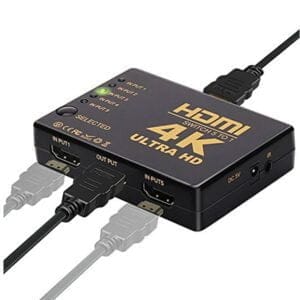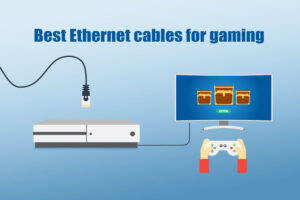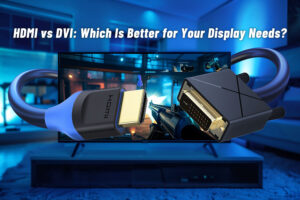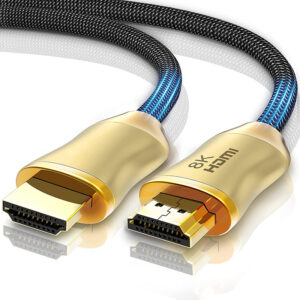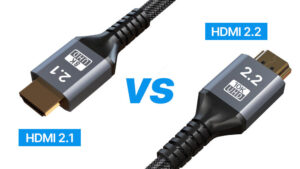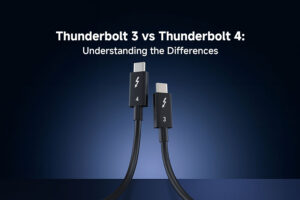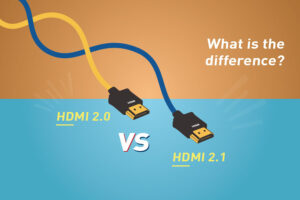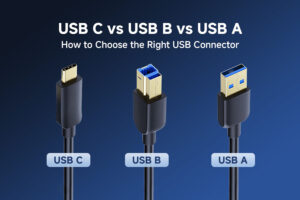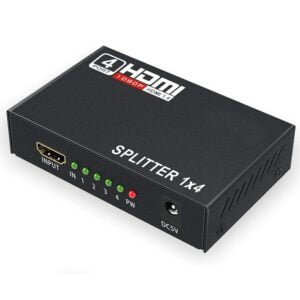
HDMI-Splitter-Einkaufsführer: Für 4K/8K/HDR-Fans
In der sich ständig weiterentwickelnden Welt der Heimunterhaltung ist ein erstklassiger HDMI-Splitter für 4K-, 8K- und HDR-Enthusiasten von entscheidender Bedeutung. Mit diesen Geräten können Sie ein einziges HDMI-Quellensignal an mehrere Bildschirme senden, was für die Einrichtung mehrerer Bildschirme oder die gemeinsame Nutzung von Inhalten in verschiedenen Räumen ideal ist. Aber wie wählt man bei so vielen Optionen auf dem Markt das perfekte Gerät für seine Bedürfnisse aus? In diesem Leitfaden finden Sie alle wichtigen Faktoren, die Sie beachten sollten. 1. Verstehen Sie Ihre Anforderungen Bevor Sie sich mit den technischen Details befassen, sollten Sie sich überlegen, wie Sie den HDMI-Splitter verwenden möchten. Anzahl der Ausgänge: Überlegen Sie, wie viele Bildschirme Sie benötigen


